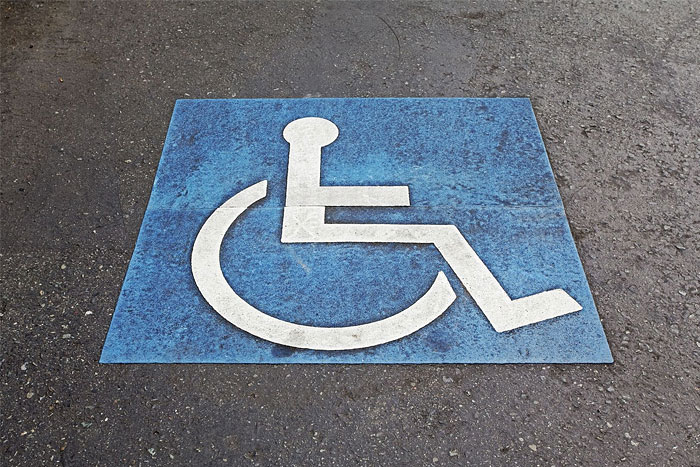Ignored and Neglected: India Remains Unfriendly To Her People With Special Needs

NEW DELHI: According to census 2011, the number of people with disabilities stands at 2.68 crores which is an increase of 22.4% from 2001. A large number of the disabled, around 54 lakh, are people who suffer from physical disability. The total households having disabled persons show an increase of 20.5 lakhs. Despite the increase, facilities for the disabled in public as well as private institutions are entirely lacking.
A World Bank report notes that there is growing evidence that people with disabilities comprise four to eight percent of the Indian population, that is, around 40-90 million individuals. The same report highlights their high illiteracy rate of 52% as opposed to the general rate of 35%. A large number of disabled children drop-out of school nationally due to lack of infrastructure and qualified teachers, especially for visually impaired, when India has the maximum number of blind people in the world.
The government schools are ill equipped to provide quality primary education to disabled students, which is a constitutional right. Cynthia, a student of English literature in Delhi University, says “During my school life, I faced many problems such as lack of e-books and I wasn’t able to pursue science after 10th standard.”
Most institutions of higher studies, private or public aren’t accessible either. One of the most prestigious universities of the country, Delhi University, several colleges of which lack the presence of ramps and other facilities. In Ramjas college, the absence of a lift or a ramp stops the physically disabled students professors from attending conferences and talks which are held at the first floor of the college. Additionally, there are no separate disability washrooms for them to use. Vikas Kapoor, a political science professor at Ramjas college, says “As a university teacher, I face the problem of physical accessibility to general environment in public places like passages, rooms and accessible buildings.”
The employment rate of disabled people has actually fallen from 42.7% in 1991 down to 37.6 % in 2002. Multinationals like Ernst & Young don’t have any facilities for the physically disabled. IBM, which has physically disabled employees in one of its Delhi branch, does not have separate washrooms for them. Indian bigwigs like J.K.Lakshmi Cement don’t have any provisions for disabled employees either.
In the public sector, only 10.2 % of all posts in Ministries/Departments and Public Sector had been identified as suitable for disabled people and only 0.37% were filled. Therefore, availability of jobs is very low and the rate of employment even lower.
The network of banks and ATMs has grown but these services aren’t available to the physically challenged. Around 6,000 of the 1.6 lakh ATMs in the country are ‘talking ATMs’ and the ones that are, don’t carry any sign. The condition of available ATMs is not good either. The existing officials in bank and post offices are not equipped to offer help, and so the disabled have to rely on others during visits to banks.
In 2009, The Reserve Bank of India issued circulars and guidelines mandating banks to ensure that at least one-third of their ATMs are disabled-friendly, with Braille keypads and voice-enabled software and ramps. As evident, the progress is dismal. A blind professor teaching at Delhi University says that almost all banks today have net banking, and a special software can help them but the bank authorities don’t allow them to have net banking on account of being a blind person.
Martand, a junior research fellow at Jawaharlal Nehru University (JNU) says, “The big problem isn’t the person’s disability, but the infrastructural disability. Disability itself is not a heterogeneous term.” JNU is one of the most disabled-friendly government universities in the country.
Manu Mittal, former chairperson of Equal Opportunities Cell, JNU, claims that the campus has various facilities like lifts, ramps, washrooms, disabled- friendly ATMs etc but recently the bus which carries physically disabled students broke down and hasn’t been repaired ever since.
The stigma attached to a disabled person also hampers them from living a ‘normal’ life. Javed Abidi, director of Disabled People’s International (India) says, “The current scenario of accessibility is pathetic. A wheelchair user like me cannot access any public places. I can’t get out of my house and go to a park or a chemist. When I ask for accessibility, I am not asking for charity. I am only asking for my rights as an Indian citizen.” When asked about the Disabilities bill, 2014 he says that if passed, it will be a game changer. He is also the director of National Centre for Promotion of Employment for Disabled People (NCPEDP).
Equal opportunities and appropriate infrastructure will help disabled people with accessibility. The need of the hour is to make all services reachable to people with disabilities, from access to buildings to the right to live with dignity.



